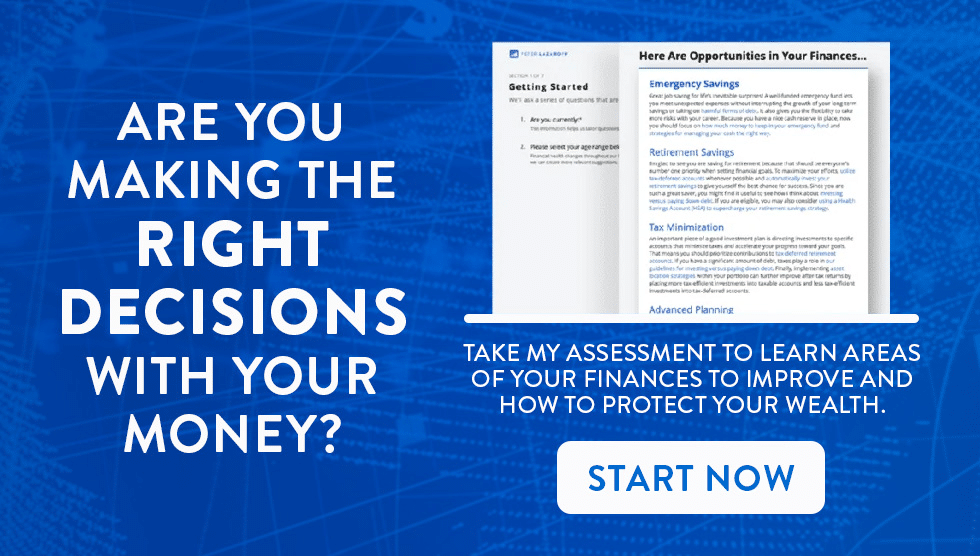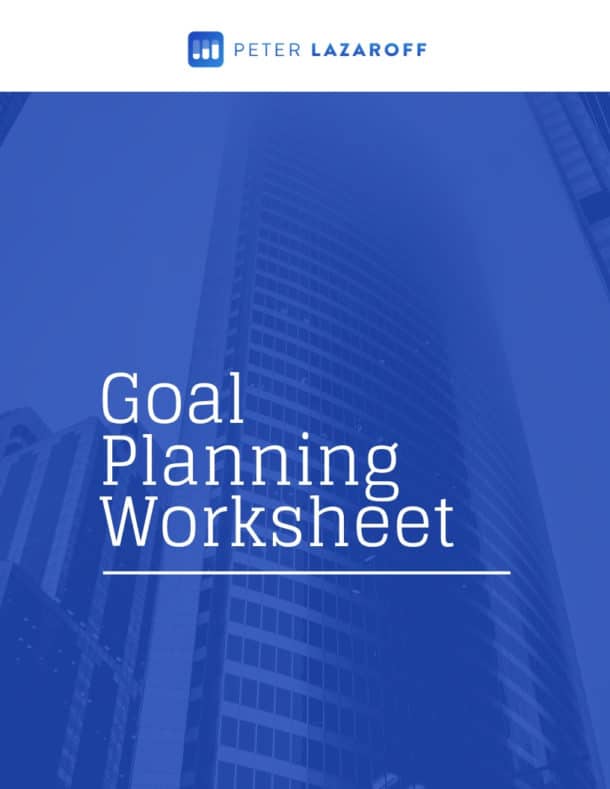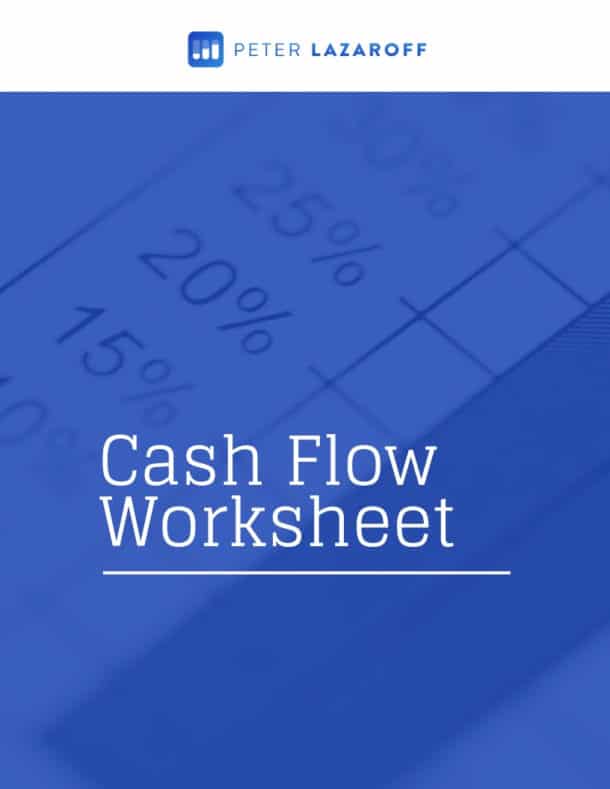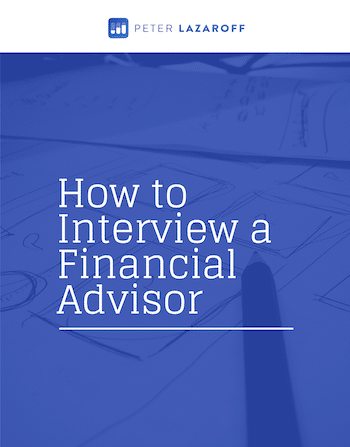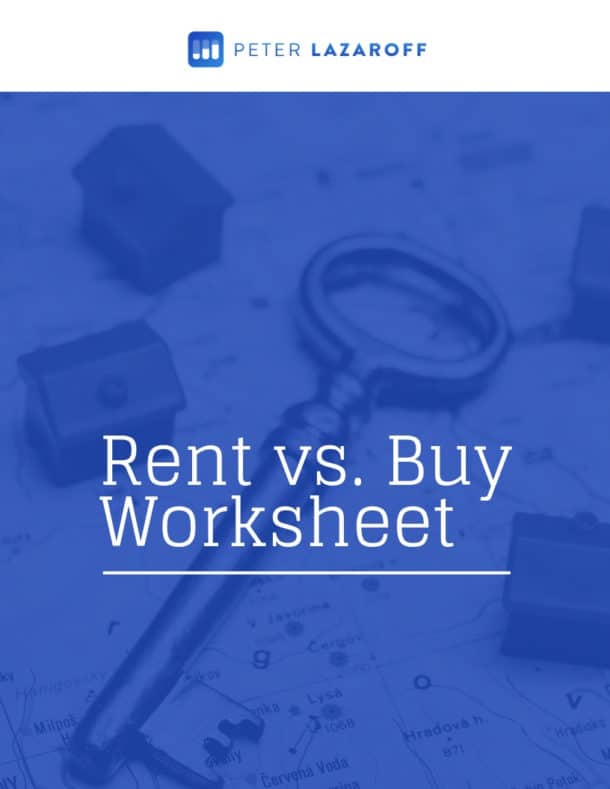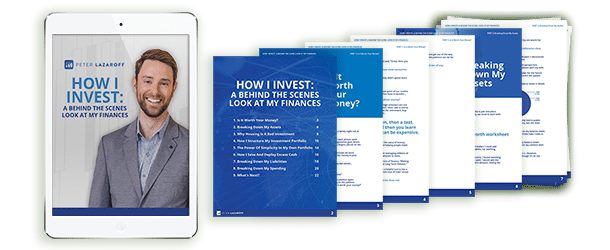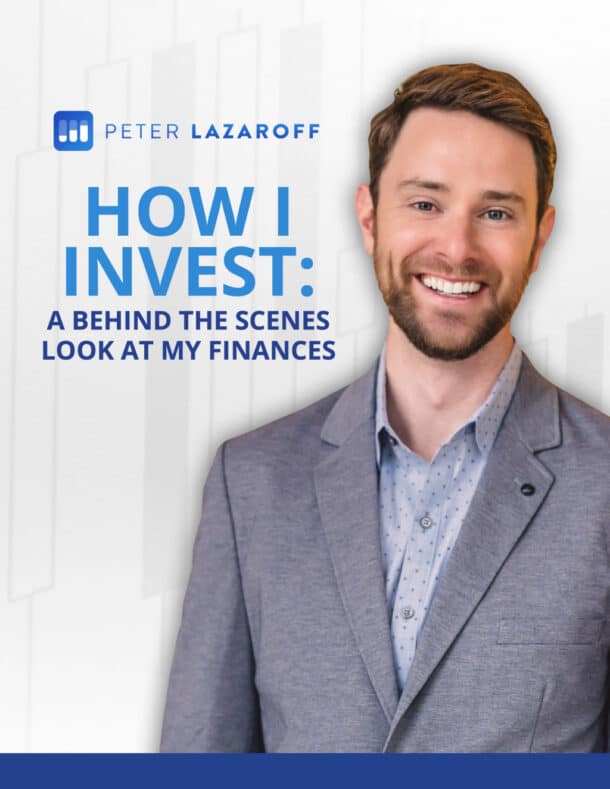The primary purpose of bonds is to reduce the overall volatility of the portfolio, but as we saw in 2022, that doesn’t mean they can’t lose money.
In fact, 2022 was the worst year for bonds in US history. And now that we’re in a new period of higher interest rates on money market funds, CDs, and short-term Treasury bills, I’ve noticed an increasing number of people wondering whether they should hold cash instead of bonds.
Listen now and learn:
- How reinvestment risk impacts yield
- Why investment goals drive your choice of cash vs bonds
- Where diversification can help boost yield
Listen Now
Show Notes
The primary purpose of bonds is to reduce the overall volatility of the portfolio, but as we saw in 2022, that doesn’t mean they can’t lose money.
In fact, 2022 was the worst year for bonds in US history. And now that we’re in a new period of higher interest rates on money market funds, CDs, and short-term Treasury bills, I’ve noticed an increasing number of people wondering whether they should hold cash instead of bonds.
Generally, short-term instruments such as money market funds are appropriate for cash reserves or emergency funds whereas CDs and short-term Tbills (whether they’re 1-month, 3-month, or 6-month) are most appropriate to use when the term of the securities is matched with a future liability (whether that’s a down payment on a home, a major purchase like a car or renovation, a large business expense, etc)
But in all cases, cash has risks. Most notably, reinvestment risk.
What is Reinvestment Risk?
Reinvestment risk is the possibility that you have to reinvest an investment’s cash flows at a lower rate.
Vanguard produced a nice graphic below depicting a hypothetical 5.09% rate on a 3-month Treasury bill, which is a touch lower than where it sits today, but is close enough for our purposes.
When you see a 3-month Treasury bill yielding 5.09%, that is an annualized rate. You actually only earn 1.25% over the three-month period. To earn 5.09% over the course of a year, you must reinvest the interest and principal from your maturing 3-month T Bill into a new 3-month T Bill that is also paying a 5.09% annualized yield. Three months later, you must do the same thing. And then again in three more months.
Assuming that rates stay exactly the same throughout the year is unrealistic. Rates fluctuate all the time. Cash products and the shortest-term Treasuries tend to track the Fed funds rate pretty closely, so if the Fed cuts interest rates at some point, your return will be lower.
It’s impossible to know when the Fed will stop hiking rates or begin cutting rates. The Fed themselves don’t even know. But once they do, cash will lose its luster.
The consensus viewpoint is that the Federal Reserve will raise interest rates two more times by the end of 2023. Whether that will be the end of this rate hiking cycle is anyone’s guess, but historically cash products have trailed bonds in the 12 months after the end of a Fed rate hiking cycle (as shown in the next graphic from Vanguard).
Your Investment Goals Matter
I think it’s sometimes useful to go back to the very basic principles of why we invest in the first place: to grow our savings faster than inflation. Investing in cash is not useful from that perspective. In fact, after inflation and taxes, the return on cash is negative!
That’s why cash should be kept to a minimum in your portfolio. Outside of your portfolio, there are lots of good uses for cash and similar products such as money market funds, CDs, and ultra short-term Treasury bills.
But for long-term investors, bonds are a much better asset class to offset the volatility of your stocks while delivering a return above the rate of inflation.
Diversifying Bonds Can Boost Yields
If you’re looking for higher yields, don’t forget that the bond market offers a lot of options. Below I’ve plotted U.S. Treasury yields versus U.S. Investment Grade Corporate Bond Yields as of 7/12/2023.
Unlike the inverted Treasury yield curve—which is just another way of saying that short-term yields are higher than long-term yields—investment-grade corporate bonds have higher yields across all maturities to reflect the higher credit risk. As a result, investors can lock in higher yields on longer-dated investment-grade corporate bonds than Treasuries of the same maturity.
And even though corporate bonds are expected to carry a higher risk of default than Treasuries, it’s important to recognize that default rates have historically been low among investment-grade corporate bonds. Plus, diversifying across multiple yield curves and multiple countries using bond funds further reduces the risk of any single corporate default having a material effect on your portfolio.
Don’t Replace Bonds with Cash
If you could precisely time interest rate changes, then going to cash now and switching to bonds at just the right time would obviously be profitable.
Most (if not all) people acknowledge that such market timing is impossible in the stock market, but for some reason, people forget about the difficulty of market timing when it comes to discussing cash versus bonds.
Holding cash outside of your portfolio for short-term spending needs or an emergency fund makes perfect sense.
But cash and cash equivalents should be minimized in your portfolio because they deliver negative real after-tax returns. And they certainly shouldn’t replace bonds just because they might offer high yields at this very moment in time.
Resources:
Submit Your Question For the Podcast
Do you have a financial or investing question you want answered? Submit your question through the “Ask Me Anything” form at the bottom of my podcast page.
If you enjoy the show, you can subscribe wherever you listen to podcasts, and please leave me a review. I read every single one and appreciate you taking the time to let me know what you think.
About the Podcast

Long-term investing made simple. Most people enter the markets without understanding how to grow their wealth over the long term or clearly hit their financial goals. The Long Term Investor shows you how to proactively minimize taxes, hedge against rising inflation, and ride the waves of volatility with confidence.
Hosted by the advisor, Chief Investment Officer of Plancorp, and author of “Making Money Simple,” Peter Lazaroff shares practical advice on how to make smart investment decisions your future self with thank you for. A go-to source for top media outlets like CNBC, the Wall Street Journal, and CNN Money, Peter unpacks the clear, strategic, and calculated approach he uses to decisively manage over 5.5 billion in investments for clients at Plancorp.
Support the Show
Thank you for being a listener to The Long Term Investor Podcast. If you’d like to help spread the word and help other listeners find the show, please click here to leave a review.
Free Financial Assessment
Do you want to make smart decisions with your money? Discover your biggest opportunities in just a few questions with my Financial Wellness Assessment.
